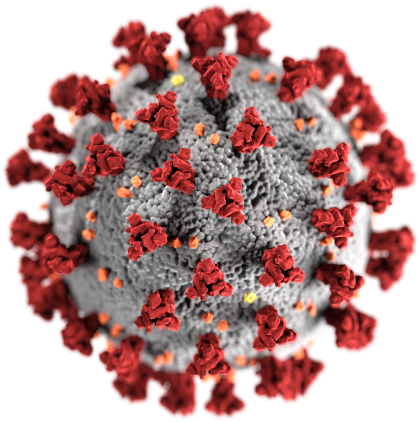Flu, Cold, or COVID-19?

The Influenza (flu) season will be starting soon and generally peaks around January. Flu vaccine antibodies need approximately two weeks to build, so now is a good time to get your flu shot.
The simple acronym FACTS can help you distinguish between cold and flu symptoms:
F is for fever. Not present in colds but is present in flu and frequently in COVID.
A is for aches. This is another likely sign that your discomfort is flu-related. Colds can sometimes make you feel achy; however, flu aches and headaches are symptoms that appear immediately with the onset of flu.
C is for chills. Chills can be the result of a fever, a sign not associated with colds. The combination of chills and a fever are signs that you need to see a doctor before your condition worsens. Your physician may also wish to rule out COVID exposure.
T is for tired. Fatigue is more likely a symptom of the flu or COVID.
S is for sneezing. Sneezing is associated with colds. Sinus congestion and cough can also be present in COVID. Mucus discharge that is thick or colored can be indicative of a more severe cold or sinus infection.

Cold symptoms are more uncomfortable and annoying; however, flu symptoms are intense and incapacitating. This is the major difference.
COVID symptoms are varied from individual to individual, and some people are completely asymptomatic. If you are experiencing coughing, congestion, shortness of breath, fever or any other unusual symptoms, you should contact your physician or visit an urgent care center to see if a COVID test is appropriate, do a lab testing, and to rule out the flu vs. COVID-19.
For more information about Influenza and COVID-19, download this information sheet comparing COVID symptoms to those of other seasonal ailments from the Centers for Disease Control and Prevention (CDC). You may also want to visit the CDC’s flu information page.
The flu vaccine is available at the Medical Center. Please contact us for more information.
